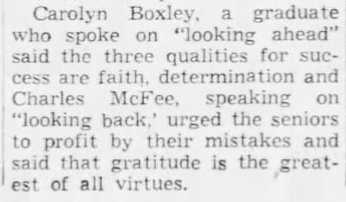A little boy spent his first day at school. ‘What did you learn?’ was his aunt’s question. ‘Didn’t learn nothing.’ ‘Well, what did you do?’ ‘Didn’t do nothing. There was a woman wanting to know how to spell “cat,” and I told her.’
— John Scott, The Puzzle King, 1899
The 12-year-old Winston Churchill found examinations “a great trial”: “I would have liked to have been examined in history, poetry and writing essays. … I should have liked to be asked to say what I knew. They always tried to ask what I did not know.”


